Home>Furniture & Design>Bathroom Accessories>How To Keep A Shower Curtain From Molding


Bathroom Accessories
How To Keep A Shower Curtain From Molding
Modified: August 31, 2024
Learn effective ways to prevent mold on your shower curtain with the right bathroom accessories. Keep your bathroom clean and mold-free with these tips.
(Many of the links in this article redirect to a specific reviewed product. Your purchase of these products through affiliate links helps to generate commission for Storables.com, at no extra cost. Learn more)
Introduction
Shower curtains are a functional and stylish addition to any bathroom, providing privacy and preventing water from splashing onto the floor. However, one common issue that many people encounter with shower curtains is the growth of mold and mildew. Not only can this be unsightly, but it can also lead to unpleasant odors and potential health concerns. Fortunately, there are effective strategies for preventing mold from taking hold on your shower curtain.
In this comprehensive guide, we will explore the various causes of mold on shower curtains and provide practical tips for keeping your shower curtain clean and mold-free. By understanding the underlying factors that contribute to mold growth and implementing proactive measures, you can maintain a fresh and hygienic bathroom environment.
Whether you have a fabric or plastic shower curtain, the principles of mold prevention remain the same. With a combination of regular maintenance, proper ventilation, and strategic cleaning techniques, you can extend the lifespan of your shower curtain and ensure that it remains a pristine and functional element in your bathroom decor.
Join us as we delve into the world of shower curtain maintenance and discover the best practices for preserving the cleanliness and visual appeal of this essential bathroom accessory. By the end of this guide, you will be equipped with the knowledge and insights needed to bid farewell to moldy shower curtains and embrace a more sanitary and enjoyable showering experience.
Key Takeaways:
- Say goodbye to moldy shower curtains by ensuring proper ventilation, quick drying, and regular cleaning. Embrace preventive measures like using a shower liner and exposing the curtain to natural light for a fresh and hygienic bathroom.
- Combat mold and mildew on shower curtains with targeted cleaning and maintenance practices. Follow manufacturer’s instructions for fabric curtains and use a gentle cleaning solution for plastic curtains to enjoy a clean and visually appealing bathroom space.
Understanding the Causes of Mold on Shower Curtains
Mold growth on shower curtains is a common issue that can be attributed to several factors. Understanding these underlying causes is crucial in effectively preventing and addressing mold and mildew buildup. Here are the primary reasons why mold tends to thrive on shower curtains:
-
Excess Moisture: The bathroom environment is inherently humid, especially during and after showering. When moisture accumulates on the surface of the shower curtain, it creates an ideal breeding ground for mold spores. Additionally, if the shower curtain is not given sufficient time to dry between uses, the lingering moisture can promote mold growth.
-
Poor Ventilation: Inadequate ventilation in the bathroom can exacerbate mold problems. Without proper airflow, moisture becomes trapped, leading to damp conditions that encourage mold and mildew to flourish. This is particularly common in bathrooms with limited or non-existent ventilation systems.
-
Organic Matter: Shower curtains often come into contact with organic materials such as soap scum, body oils, and shampoo residues. These substances can serve as nutrients for mold, providing an additional incentive for its growth on the curtain's surface.
-
Lack of Cleaning: Regular cleaning is essential for preventing mold on shower curtains. When the curtain is not cleaned frequently or thoroughly, dirt, soap residue, and other organic matter can accumulate, creating an environment conducive to mold development.
-
Environmental Factors: The geographical location and climate can also play a role in mold growth. Areas with high humidity levels or frequent rainfall may experience more challenges in keeping shower curtains free from mold.
By recognizing these contributing factors, individuals can take proactive measures to mitigate the conditions that promote mold growth on shower curtains. Through a combination of proper maintenance, cleaning routines, and environmental adjustments, it is possible to effectively combat mold and maintain a hygienic bathroom environment.
Tips for Preventing Mold on Shower Curtains
Preventing mold on shower curtains requires a proactive approach that addresses the underlying causes of mold growth. By implementing the following tips, you can effectively safeguard your shower curtain against mold and mildew, ensuring a clean and hygienic bathroom environment.
-
Proper Ventilation: After showering, ensure that the bathroom is well-ventilated to allow excess moisture to dissipate. Open windows, use exhaust fans, or install a dehumidifier to reduce humidity levels and prevent moisture from lingering on the shower curtain.
-
Quick Drying: Encourage the shower curtain to dry quickly by shaking off excess water and extending it fully across the rod. Consider using a fan to expedite the drying process, especially in bathrooms with limited ventilation.
-
Use a Shower Liner: Adding a high-quality shower liner can provide an extra layer of protection against moisture and mold. Opt for a mildew-resistant liner and regularly clean and replace it as needed to maintain its effectiveness.
-
Regular Cleaning: Establish a routine for cleaning the shower curtain to remove soap scum, body oils, and other residues that can contribute to mold growth. For fabric curtains, follow the manufacturer's cleaning instructions, and for plastic curtains, use a gentle cleaning solution and a sponge or soft brush to remove buildup.
-
Avoid Puddles: Minimize water accumulation on the shower curtain by ensuring that it hangs straight and does not form puddles or folds where moisture can collect. Periodically check the bottom edge of the curtain to prevent water from pooling and creating an environment conducive to mold.
-
Natural Light: Sunlight is a natural enemy of mold and mildew. Whenever possible, expose the shower curtain to direct sunlight, as UV rays can help inhibit mold growth and eliminate existing spores.
-
Prevent Contact: Keep the shower curtain from coming into contact with damp surfaces, such as the bathtub or shower walls, when not in use. This reduces the likelihood of moisture transfer and minimizes the conditions that favor mold development.
-
Use Mold-Resistant Materials: When selecting a new shower curtain, consider choosing a mold-resistant material, such as polyester or nylon, which are less prone to mold growth compared to natural fabrics.
By incorporating these preventive measures into your shower curtain maintenance routine, you can effectively combat mold and mildew, prolonging the lifespan of your shower curtain and maintaining a fresh and inviting bathroom space. With consistent care and attention, you can enjoy a mold-free shower curtain and a healthier bathing environment.
Cleaning and Maintaining Shower Curtains
Proper cleaning and maintenance are essential for preserving the cleanliness and longevity of shower curtains while preventing the growth of mold and mildew. By incorporating regular cleaning routines and strategic maintenance practices, you can effectively combat the accumulation of dirt, soap scum, and other residues that contribute to mold growth. Here's a detailed look at the best practices for cleaning and maintaining shower curtains:
Fabric Shower Curtains
For fabric shower curtains, it's important to follow the manufacturer's cleaning instructions to ensure that the material is treated with care. In most cases, fabric curtains can be machine-washed using a gentle cycle and mild detergent. It's advisable to add a few towels to the wash to act as scrubbers and prevent the curtain from becoming tangled. After washing, allow the curtain to air-dry or use a low-heat setting in the dryer to prevent shrinkage.
Plastic Shower Curtains
Plastic shower curtains can be cleaned using a simple yet effective method. Start by removing the curtain from the rod and laying it flat on a clean surface. Prepare a cleaning solution using warm water and mild liquid soap or a mixture of vinegar and water. Using a sponge or soft brush, gently scrub the surface of the curtain to remove soap scum, mildew, and other residues. Rinse the curtain thoroughly with water and allow it to dry completely before rehanging.
Targeting Mold and Mildew
In cases where mold or mildew has already begun to develop on the shower curtain, it's important to address the issue promptly. Create a cleaning solution by mixing equal parts of water and white vinegar or using a mild bleach solution. Apply the solution to the affected areas and allow it to sit for several minutes to effectively kill and remove the mold and mildew. Afterward, rinse the curtain thoroughly and ensure that it dries completely before reusing.
Regular Maintenance
In addition to periodic deep cleaning, it's beneficial to incorporate regular maintenance practices to prevent the buildup of mold-promoting substances. After each shower, take a moment to shake the curtain to remove excess water and encourage faster drying. Wiping down the bottom edge of the curtain can also prevent water from pooling and creating an environment conducive to mold growth.
By following these cleaning and maintenance guidelines, you can effectively preserve the cleanliness and integrity of your shower curtain, minimizing the risk of mold and mildew while extending its lifespan. With consistent care and attention, you can enjoy a fresh and hygienic showering experience while maintaining a visually appealing bathroom environment.
Conclusion
In conclusion, maintaining a mold-free shower curtain is essential for preserving a clean and hygienic bathroom environment. By understanding the underlying causes of mold growth and implementing proactive prevention strategies, individuals can effectively safeguard their shower curtains against the unsightly and potentially harmful effects of mold and mildew.
The primary factors contributing to mold growth on shower curtains include excess moisture, poor ventilation, the presence of organic matter, lack of cleaning, and environmental influences such as high humidity levels. By addressing these factors through proper ventilation, quick drying techniques, regular cleaning, and the use of mold-resistant materials, individuals can significantly reduce the risk of mold and mildew buildup on their shower curtains.
Preventive measures such as using a shower liner, avoiding water puddles, and exposing the curtain to natural light can further enhance mold prevention efforts. Additionally, incorporating targeted cleaning and maintenance practices tailored to the specific material of the shower curtain, whether fabric or plastic, is crucial for removing existing mold and mildew and preventing their recurrence.
By following these guidelines and integrating them into a regular shower curtain maintenance routine, individuals can enjoy a fresh, clean, and visually appealing bathroom space. Not only does this contribute to a more pleasant showering experience, but it also promotes a healthier and more inviting environment for both residents and guests.
Ultimately, the proactive approach to preventing mold on shower curtains not only extends the lifespan of the curtains but also minimizes the need for extensive cleaning and maintenance in the long run. By embracing these best practices, individuals can bid farewell to the frustration of dealing with moldy shower curtains and instead revel in the convenience and comfort of a consistently clean and mold-free bathroom accessory.
In essence, by prioritizing proper care, maintenance, and preventive measures, individuals can effectively combat mold and mildew, ensuring that their shower curtains remain a functional and aesthetically pleasing addition to their bathroom decor.
Frequently Asked Questions about How To Keep A Shower Curtain From Molding
Was this page helpful?
At Storables.com, we guarantee accurate and reliable information. Our content, validated by Expert Board Contributors, is crafted following stringent Editorial Policies. We're committed to providing you with well-researched, expert-backed insights for all your informational needs.
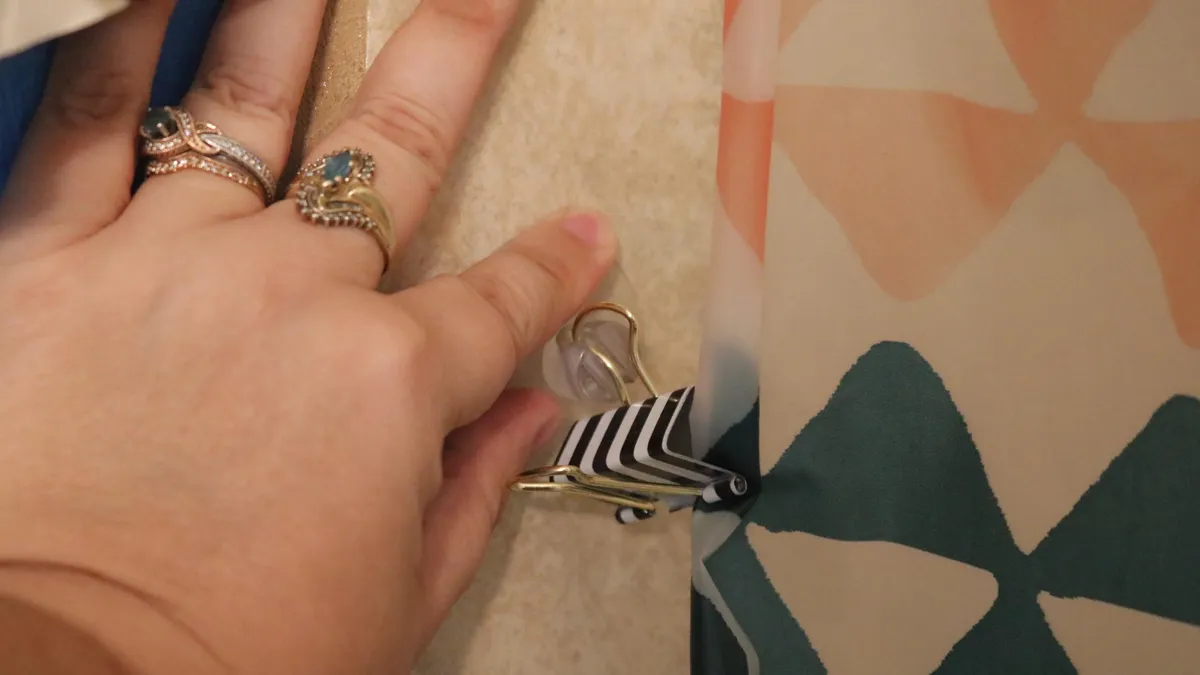

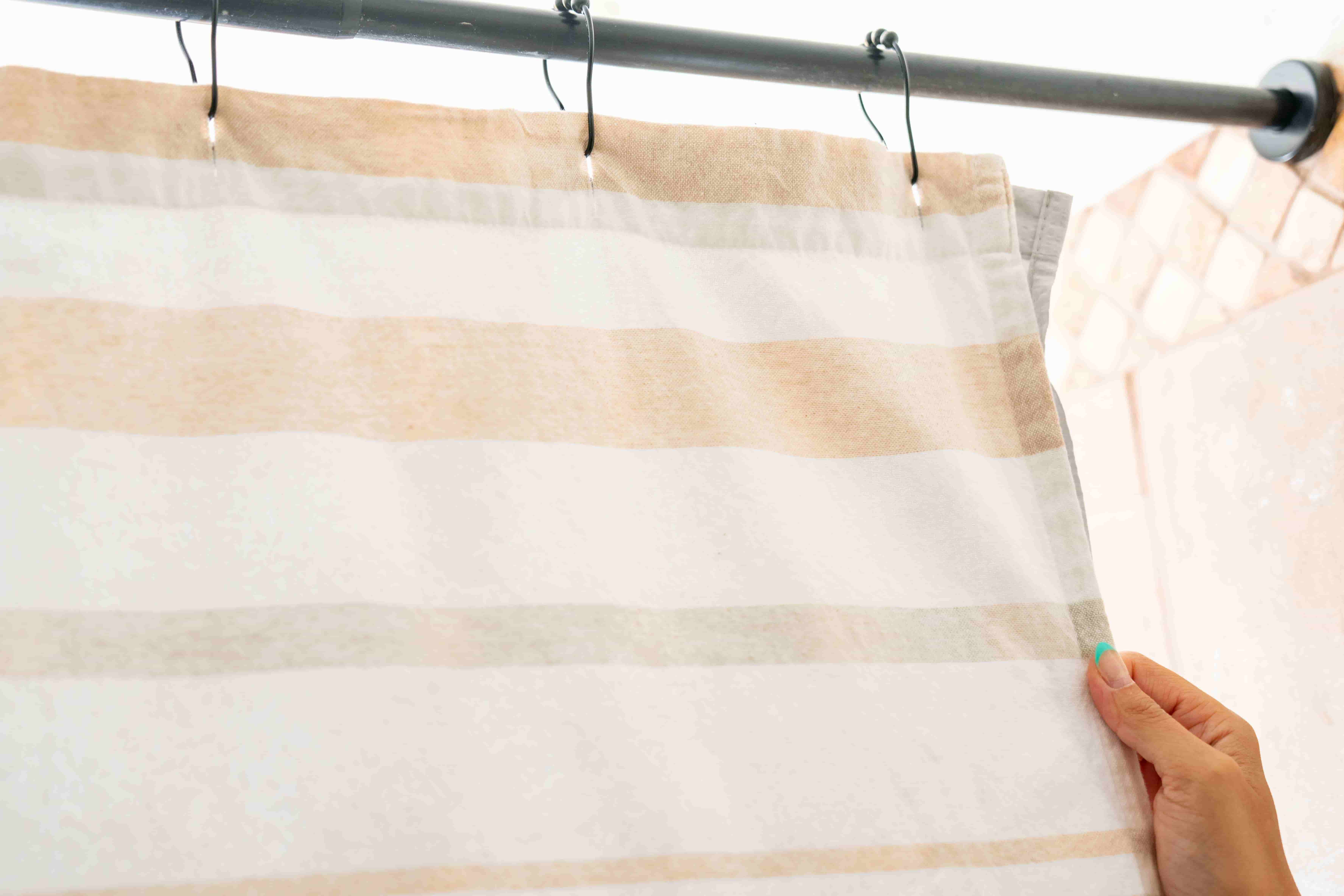

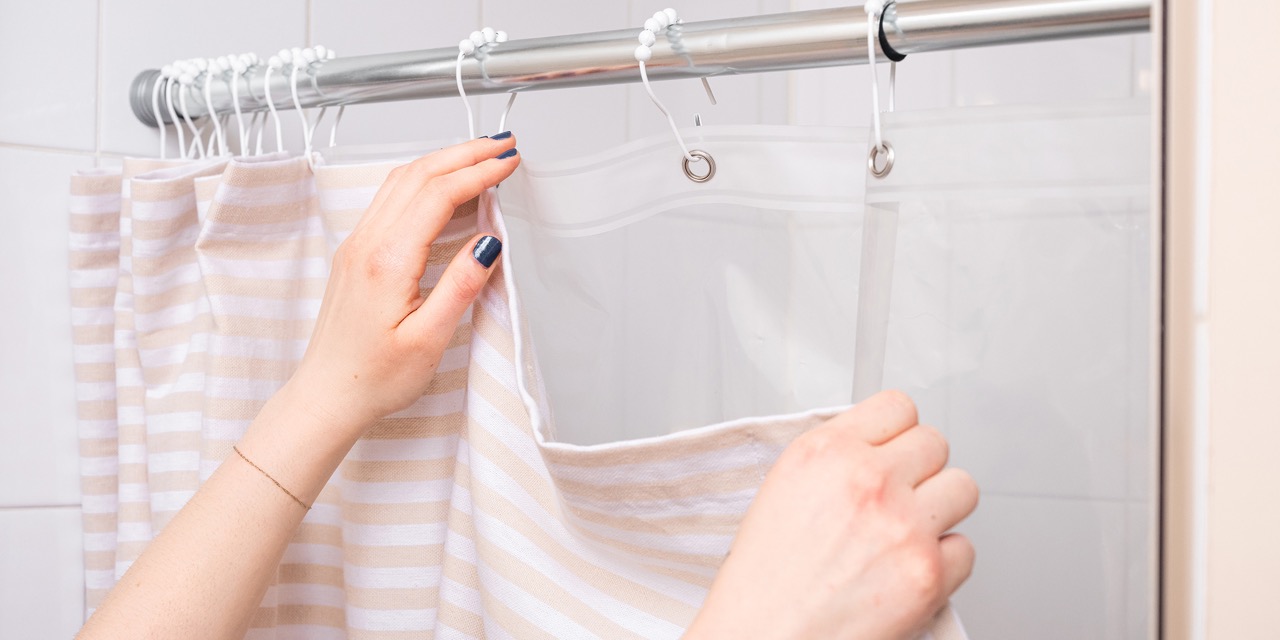
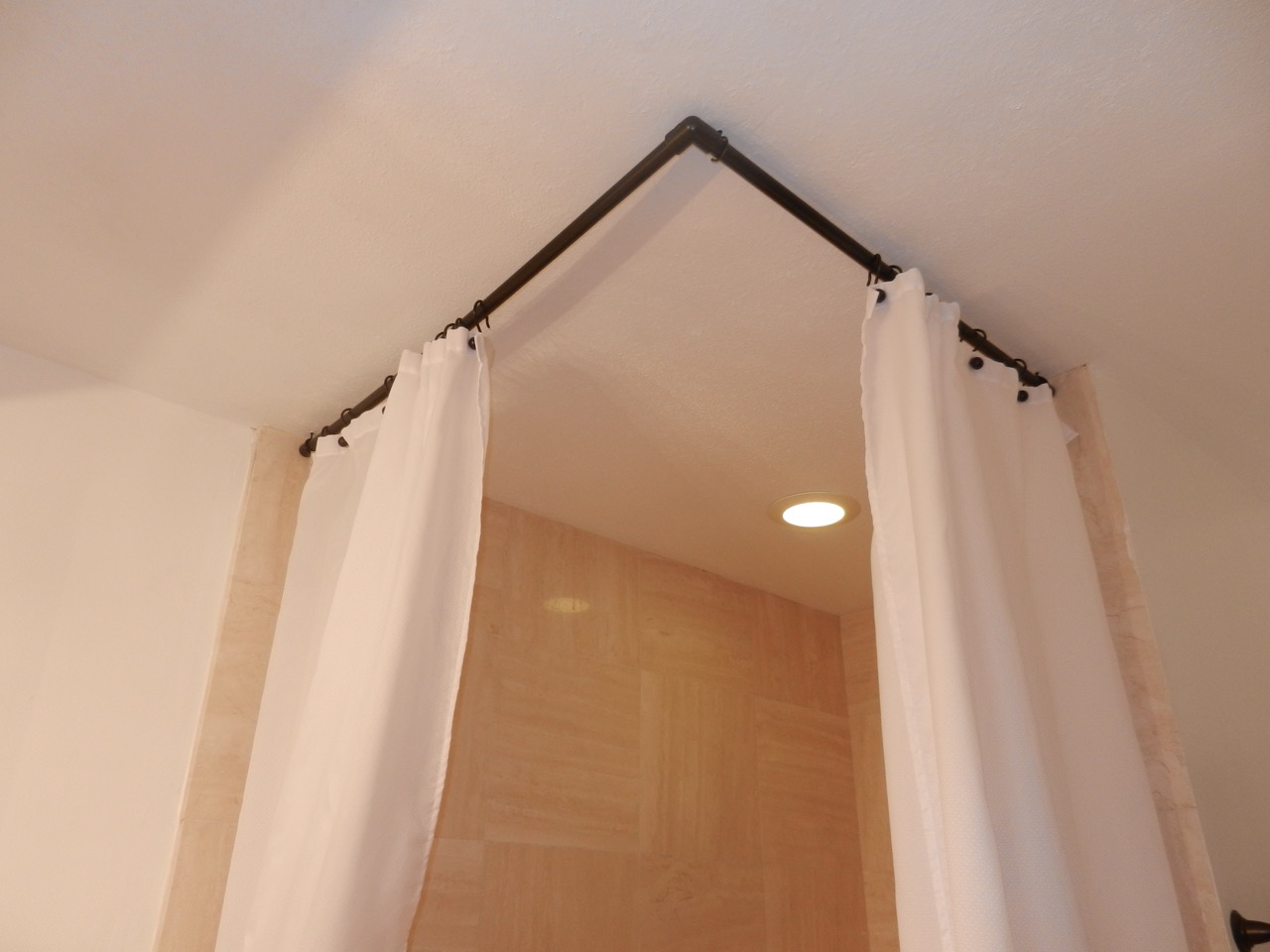



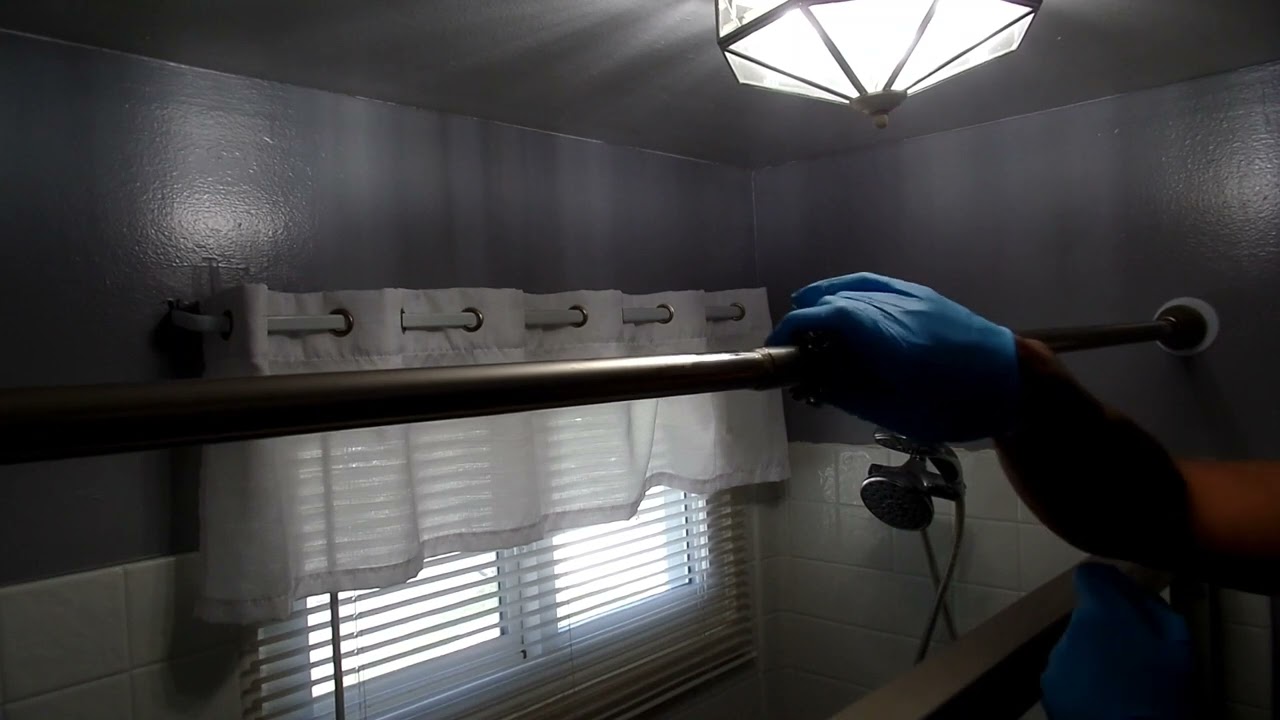



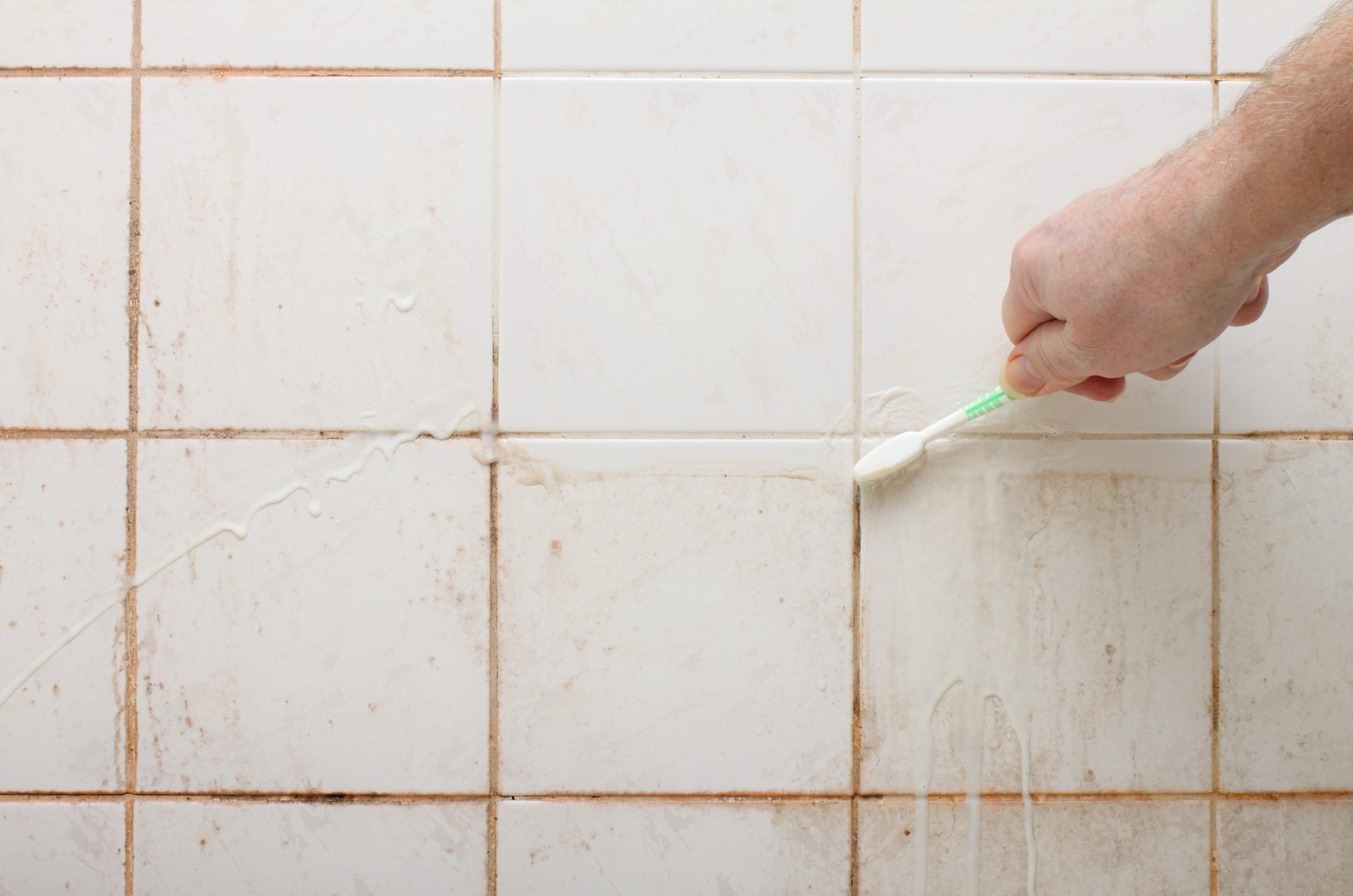

0 thoughts on “How To Keep A Shower Curtain From Molding”